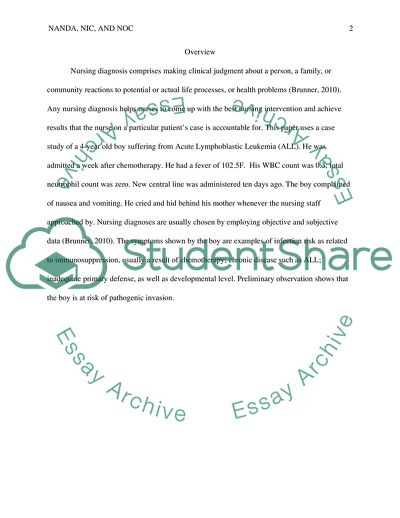Cite this document
(Terminology Assignment Example | Topics and Well Written Essays - 1000 words, n.d.)
Terminology Assignment Example | Topics and Well Written Essays - 1000 words. https://studentshare.org/nursing/1857925-nanda-nic-and-noc-elements
Terminology Assignment Example | Topics and Well Written Essays - 1000 words. https://studentshare.org/nursing/1857925-nanda-nic-and-noc-elements
(Terminology Assignment Example | Topics and Well Written Essays - 1000 Words)
Terminology Assignment Example | Topics and Well Written Essays - 1000 Words. https://studentshare.org/nursing/1857925-nanda-nic-and-noc-elements.
Terminology Assignment Example | Topics and Well Written Essays - 1000 Words. https://studentshare.org/nursing/1857925-nanda-nic-and-noc-elements.
“Terminology Assignment Example | Topics and Well Written Essays - 1000 Words”. https://studentshare.org/nursing/1857925-nanda-nic-and-noc-elements.


